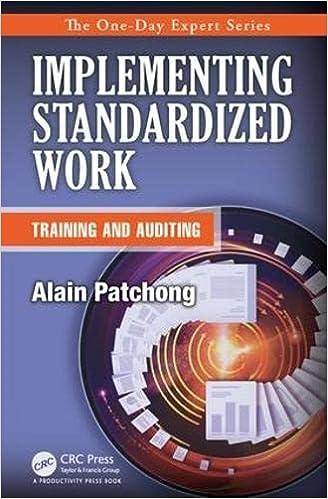Required: 1. As someone with more knowledge of the balanced scorecard than almost anyone else in the company, you have been asked to build an integrated balanced scorecard. In your scorecard, use only performance measures listed previously. You do not have to use all of the performance measures suggested by the managers, but you should build a balanced scorecard that reveals a strategy for dealing with the problems with accounts receivable and with unsold CASE 11-23 Balanced Scorecard LO11-4 Haglund Department Store is located in the downtown area of a small city. While the store had been profitable for many years, it is facing increasing competition from large national chains that have set up stores on the outskirts of the city. Recently the downtown area has been undergoing revitalization, and the owners of Haglund Department Store are somewhat optimistic that profitability can be restored. In an attempt to accelerate the return to profitability, management of Haglund Department Store is in the process of designing a balanced scorecard for the company. Management believes the company should focus on two key problems. First, customers are taking longer and longer to pay the bills they incur using the department store's charge card, and the company has far more bad debts than are normal for the industry. If this problem were solved, the company would have more cash to make much needed renovations. Investigation has revealed that much of the problem with late payments and unpaid bills results from customers disputing incorrect charges on their bills. These incorrect charges usually occur because salesclerks incorrectly enter data on the charge account slip. Second, the company has been incurring large losses on unsold seasonal apparel. Such items are ordinarily resold at a loss to discount stores that specialize in such distress items. The meeting in which the balanced scorecard approach was discussed was disorganized and ineffectively led-possibly because no one other than one of the vice presidents had read anything about how to build a balanced scorecard. Nevertheless, a number of potential performance measures were suggested by various managers. These potential performance measures are: a. Percentage of charge account bills containing errors. b. Percentage of salesclerks trained to correctly enter data on charge account slips. c. Average age of accounts receivables. d. Profit per employee. e. Customer satisfaction with accuracy of charge account bills from monthly customer survey. f. Total sales revenue. g. Sales per employee. h. Travel expenses for buyers for trips to fashion shows. i. Unsold inventory at the end of the season as a percentage of total cost of sales








